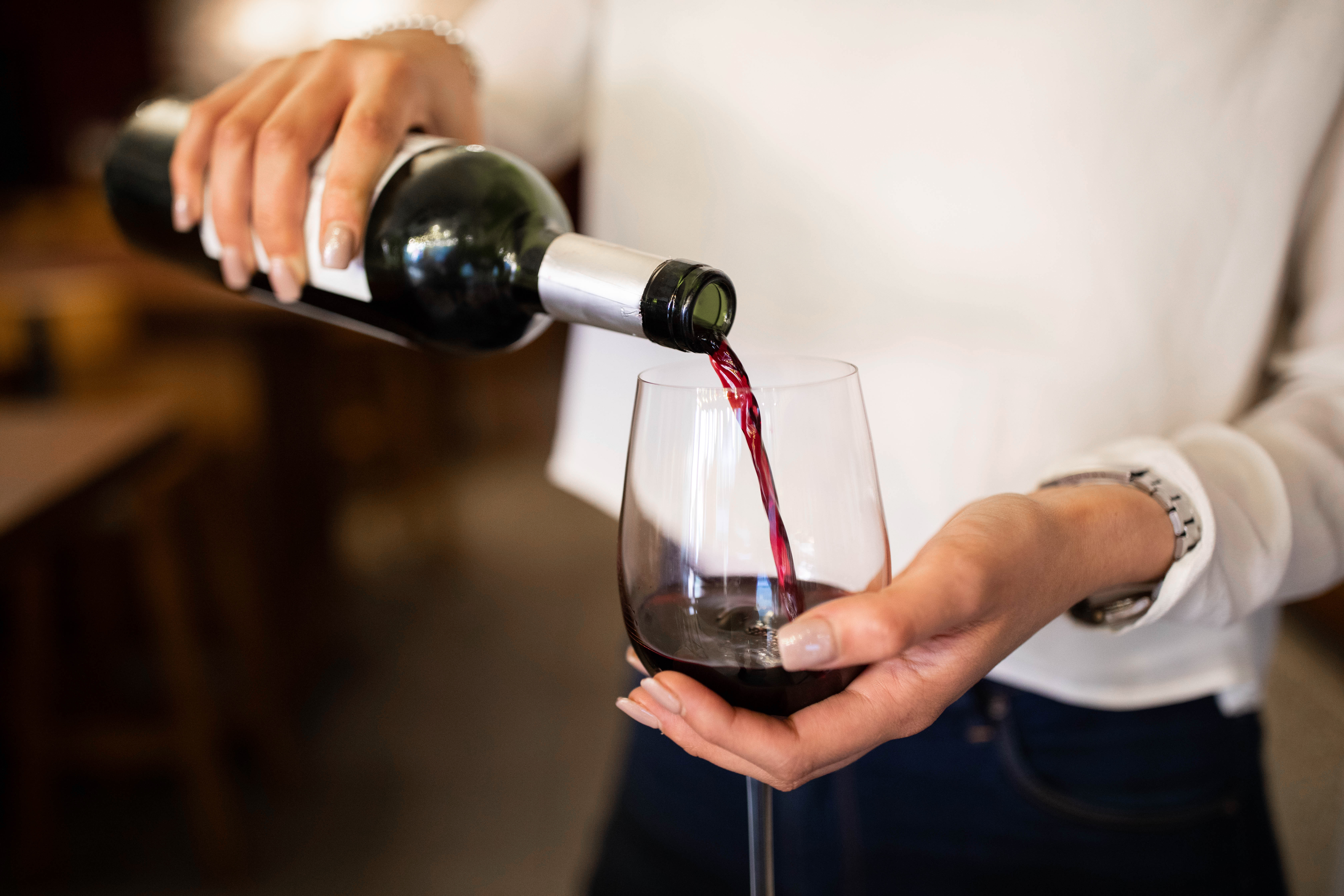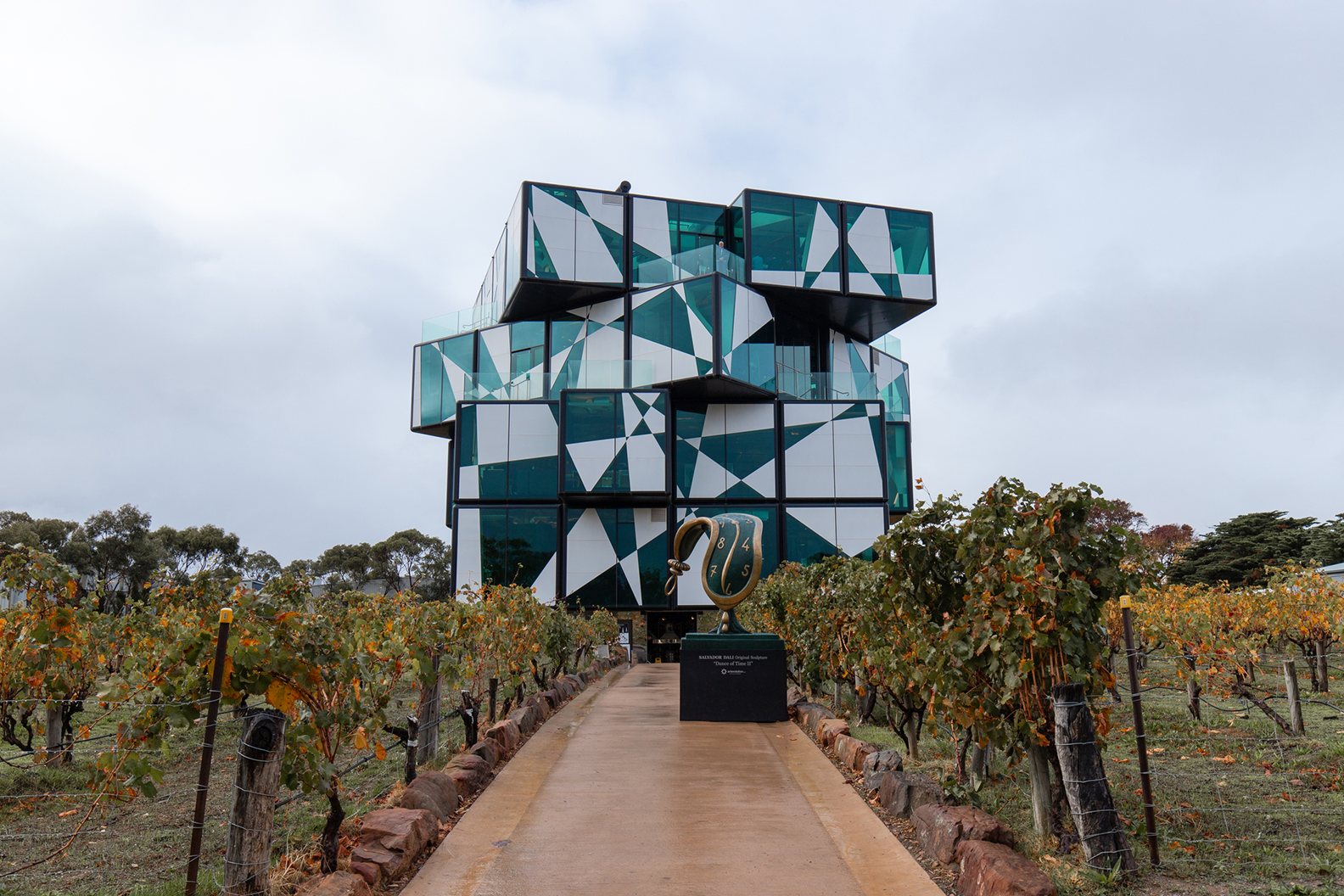A wine industry expert is calling on Australians to buy local red wine in support of grape growers facing tough years ahead, even if the Chinese imposed tariffs lift.
The Chinese export market was worth $1.2 billion but now winemakers were exporting less than $10 million worth of wine a year, due to import duties of 218 per cent being put on Australian wine in August 2020.
"That's an enormous drop for any industry to go through and quite an economic shock," Australian Grape and Wine Chief Executive Lee McLean said.
READ MORE: What is bracket creep and how does it affect your hip pocket?
"Our next two biggest export markets at that period of time (before tariffs were imposed) were the US and the United Kingdom and they were both sitting at just under $500 million each."
China's Ministry of Commerce is undertaking a five-month review process of the import duties, which is due to be finalised on March 31.
Last week the ABC reported Trade Minister Don Farrell would ask his Chinese counterpart to remove trade blocks on Australian lobster and wine when he meets with him on February 26.
The talks will be made more difficult as Australia seeks to reduce writer Yang Hengjun's suspended death sentence after he was held in detention on espionage charges.
The wine glut
Even if the tariffs lift, McLean doesn't expect Chinese exports to return to the same $1 billion level.
He said winemakers were facing an incredibly difficult period as predominantly red grapes had been picked but they hadn't been made into wine due to the reduced demand, which is known as the wine glut.
"While a lot of wines are made to age, many aren't," he said.
"We do have a bit of an issue as an industry about what we're going to do with that excess wine because there's always another vintage around the corner."
READ MORE: How much it really costs to educate your child in Australia
He said it would take years to work through some of the oversupply.
"I think some businesses are going to have to make some difficult decisions about the stock they have on hand."
The domestic market currently accounts for 40 per cent of Australian wine sales.
Australians buying international wine has increased slightly, due to the popularity of New Zealand sauvignon blanc and sparkling wine.
"The best thing that consumers here in Australia can do is to get out to a region to go and visit a cellar door, find those ones that you enjoy and maybe try something new," McLean said.
"Of course, when you go and visit a region that money doesn't just sit with the cellar door, it bounces around the region to all those other businesses that support the local community as well.
"I want to make sure that everyone is visiting their local wine regions, going visiting their cellar doors and buying Australian wherever they can."
READ MORE: Australia's public holidays for 2024 and 2025: Make the most of your annual leave
China's free trade ban has affected regions differently.
Regions like McLaren Vale, Barossa and the Riverland in South Australia and the Murray Valley in Victoria, which are heavily focused on red wine production, have felt a "significant hit" from the Chinese market closure.
Whereas regions more focused on white wine production, like Tasmania and the Mornington Peninsula, are doing quite well as they were less dependent on the Chinese export market.
McLean believed regions with oversupply would have a reduction in their wine price but it might not be passed on to the customer due to the higher cost of living.
Reducing wine prices can also be seen as reducing a brand's reputation.





